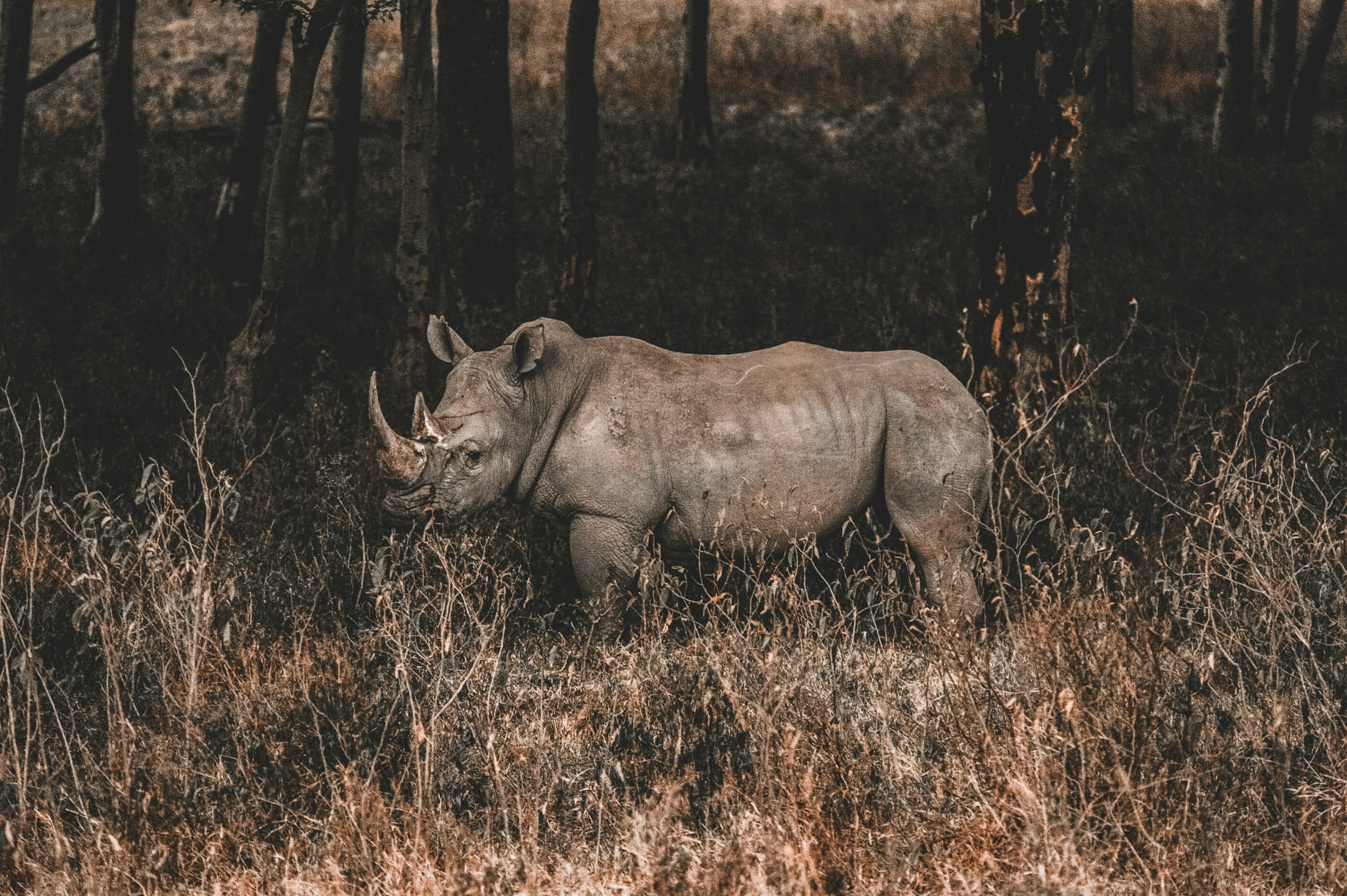Rhinoceros: The Gentle Giant Under Siege
The rhinoceros, known for its massive size and iconic horn, is one of the most threatened large mammals on Earth. Native to Africa and Asia, rhinos are primarily herbivores and play an important role in maintaining their ecosystems by shaping vegetation patterns and creating paths for other animals.
Habitat and Diet
Rhinos inhabit grasslands, savannas, and forests, depending on the species. Their diet consists mostly of grasses, leaves, and shoots, and their grazing habits help maintain balance in their ecosystems by preventing overgrowth. Rhinos have a thick, protective hide and use their horns for defense, mating, and navigating dense vegetation.
Behavior and Social Structure
Although generally solitary, rhinos communicate through scent marking, vocalizations, and even subtle body language. Males are territorial, often marking their space with dung and urine. Females are more social, especially during mating season or while raising their calves, which stay with them for up to three years.
Threats and Conservation Efforts
Poaching is the greatest threat to rhinos, as their horns are highly valued in illegal markets for traditional medicine and status symbols. Habitat loss and human encroachment add to their challenges, making conservation efforts critical. Organizations work tirelessly to protect rhinos by implementing anti-poaching measures, habitat preservation, and community education programs to reduce demand for rhino horn products.

